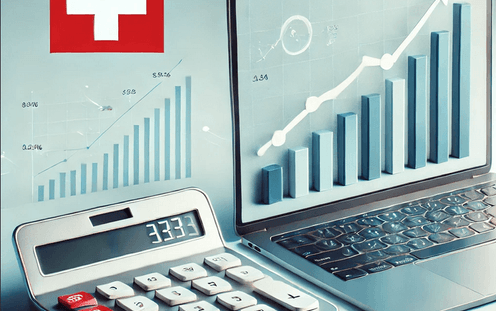Introduction
The Power of Understanding Return on Assets (ROA) for Swiss Freelancers
Running a freelance business comes with a unique set of financial challenges. Whether you're a graphic designer in Zurich, a translator in Geneva, or a digital marketer based in Basel, understanding how efficiently you're using your resources is key to success. Enter *Return on Assets (ROA)*—a metric that can revolutionize the way you view your business finances.
In this article, we’ll dive deep into the meaning, calculation, and significance of ROA for Swiss freelancers. We’ll break it down in a way that makes sense, offering actionable tips and showing how using tools like Magic Heidi can make your freelance life easier. By the end, you’ll see why ROA is an essential tool for freelancers who want to maximize profits and stay on top of their financial game.
